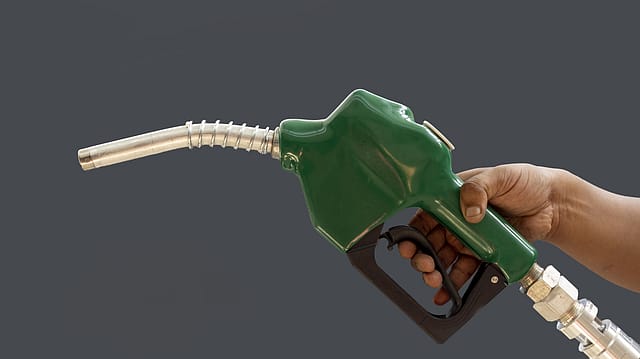Russia-Ukraine tensions to shatter India's crude economics
ADVERTISEMENT

Brent crude price at over $100 a barrel post Russia's launch of Ukraine invasion will once again increase the financial stress on the Indian government, besides affecting industries like petroleum refining and chemicals, cement and automobiles. The Brent price has jumped 8.5% to $105 a barrel on Thursday amid fears of a full-fledged war in Ukraine. High crude prices will have direct impact on India's foreign exchange outgo, fiscal deficit and inflation numbers as the country imports around 85% of its annual oil requirement.
From the companies point of view, Indian refiners like Reliance Industries (RIL), Indian Oil Corporation, Hindustan Petroleum Corp and Bharat Petroleum Corp will have to cough up more to buy the expensive crude. They also will have to try hard to ensure their margins amid fluctuations in prices. The high price scenario will help exploration and production companies like ONGC and Cairn India to bulk up their bottom line.
The rising fuel prices will hurt cement makers, which are already reeling under rising costs of raw material and energy. Energy and logistics costs together come around 60% of the overall costs of cement makers.
It is when the automobile manufacturers are struggling with electric mobility transition and emission reduction targets, the crude shock creeps in to affect their business prospects. The fuel price rise is likely to force the buyers to stay away from new purchases. If the government's planned investments in infrastructure development, especially roads, fails to come on time due to fiscal constraints, the automobile sales will be hurt further.
January 2026
Netflix, which has been in India for a decade, has successfully struck a balance between high-class premium content and pricing that attracts a range of customers. Find out how the U.S. streaming giant evolved in India, plus an exclusive interview with CEO Ted Sarandos. Also read about the Best Investments for 2026, and how rising growth and easing inflation will come in handy for finance minister Nirmala Sitharaman as she prepares Budget 2026.
The central government has been delaying the fuel price hike because of the elections in five states. The price rise will be steep if the crisis continues unabated, say analysts. The RBI's monetary policy committee members had considered the central bank's policy action in case the situation in Europe leads to an increase in oil prices.
In order to revive the economy, the government is currently executing ₹111 lakh crore worth projects under the National Infrastructure Pipeline (NIP). The rise in foreign outflow will affect execution of many of these projects and the economic growth.
Moody's Investors Service has raised India's GDP growth forecast for the current calendar year to 9.5% from 7%. The government is looking to cut the federal fiscal deficit to 6.4% in 2022-23 from 6.9% in 2021-22.
India, the third largest crude oil importer and consumer, had recently reduced central taxes to control the prices of petrol, diesel and LPG. However, it will not be an option for the government as it has been struggling to bridge the huge fiscal deficit and rising inflation. Following the rise in global crude prices, petrol and diesel rates in Mumbai had hit a record ₹113 a litre and ₹104 a litre, respectively, in October 2021. A couple of weeks later, the government had reduced the excise duty by ₹5 on petrol and ₹10 on diesel to offset the impact of crude prices, taking an estimated hit of ₹45,000 crore, or 0.2% of GDP, in the last five months of FY22. Most of the states and union territories had also slashed the value-added tax (VAT) on petrol and diesel.
The high fuel prices will escalate the cost of essential goods and affect the consumer spending. It will in turn have a huge impact on the government's income from excise duty. The reduction in taxes on fuel will help address inflation concerns to some extent as petrol has a 2.2% weightage in the consumer price inflation (CPI) basket and diesel has 0.15%. At the macro level, the price rise also affects external borrowings and the country's debt position.
Another trouble is the weakening rupee against dollar. Rupee fell to 75.70 from 74.64 on Thursday. It will also increase the cost of country's crude purchase.
